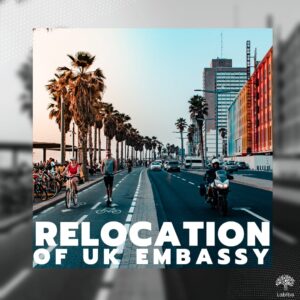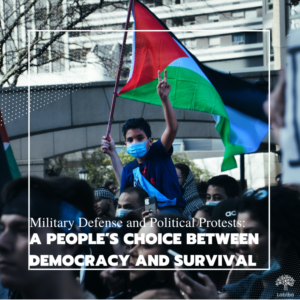By Silvia Pizzigoni
Solar power has been emerging as a hope for sustainable energy in various parts of the world, and the Israeli and Palestinian territories are no exception.
Amid ongoing socio-economic challenges and geopolitical tensions now escalated in war, there has been a significant push towards harnessing solar energy in the Israeli and Palestinian regions as a viable resource for improving infrastructure and quality of life. This trend not only promises to address increasing energy demand but also presents opportunities for economic development and environmental sustainability. However, the interplay between progress and controversy is evident, raising critical questions about equity, justice, and the future of energy in a region long marked by conflict.
Solar energy in the West Bank: opportunities
Palestine’s geographical conditions present a unique opportunity for harnessing solar energy. With an average of 8.5 hours of sunlight each day, the region benefits from high solar irradiance, making it ideal for solar energy installations. Promoting the development of solar projects in the West Bank, which has limited access to reliable electricity and suffers from energy shortages, could then present an opportunity for solar energy development.
As per October 2023, a big portion of energy demands in West Bank remain unmet, as can be seen in the plot below:

Israel’s current strategy focuses on enhancing energy capacity by tapping into renewable sources, like solar power, particularly in the face of this increasing energy demands.
Solar energy in the West Bank: issues
The renewable energy sector, particularly solar and photovoltaic energy, has become a vital component of Israel’s energy policy indeed. The country aims to leverage its abundant sunshine and heat by developing extensive solar installations, especially in the AREA C of the West Bank. In Area C, Israel has entrenched its policy of discriminatory planning and zoning, thereby denying Palestinian community development in the area. Thus, only one per cent of Area C lands were zoned for Palestinian development, and less than 1.5 percent of permit applications have been approved.
The development of solar energy facilities in the Occupied Palestinian Territory (OPT) raises significant ethical and political concerns, particularly regarding land use and the implications for local communities. The construction of these projects, especially in sensitive areas like the occupied Jordan Valley and the Naqab desert, often occurs in the context of ongoing land confiscation and displacement of Palestinian populations, especially Bedouins.
A EU and Partners delegation recently visited sites in the West Bank where the Palestinian Energy and Natural Resources Authority plans to develop three solar farms. The aim is to emphasize the economic opportunities and the need for Palestinian access to land in Area C for sustainable energy generation. PENRA representatives discussed the numerous challenges Palestinians face, including difficulties with Israeli permits, settler violence, and land acquisition, which hinder their renewable energy goals. The delegation also observed Israeli settlement infrastructure developments, including the future Na’ama South solar project, the largest Israeli solar farm planned in the region. The EU expressed strong opposition to Israeli settlement activities. These actions, they stated, undermine a two-state solution, and they called for an end to settlement expansion, particularly in renewable energy. The EU remains committed to supporting Palestinian renewable energy initiatives in Area C to promote a viable Palestinian state.
Considerations
While the potential benefits of these solar projects are undeniable, they occur within a framework of tension. These initiatives, while potentially providing immediate energy solutions, could increase and be used as justification for Israeli control over the West Bank territories. Critics also argue that Israel’s development of solar energy infrastructure could be seen as a means of “eco-normalizing” occupation. This means that it might deprive Palestinian communities of autonomy over their own resources and energy independence.
Moreover, access issues remain a crucial point of contention. Many Palestinian areas reportedly face restrictions from the Israeli government regarding land use for renewable energy projects. This prevents Palestinians from building their own transmission systems and developing connection points to pump electrical energy, which complicates and diminishes potential benefits. The reliance on Israeli firms and technology can foster dependency rather than instigate independent development within Palestinian communities.
As the summer of 2024 progresses, the future of solar projects in the West Bank remains uncertain between environmental benefits and complex geopolitical realities. It is essential to keep the dialogue giong, to ensure that the advancements in renewable energy don’t come at the cost of Palestinian self-determination and rights to their resources.




